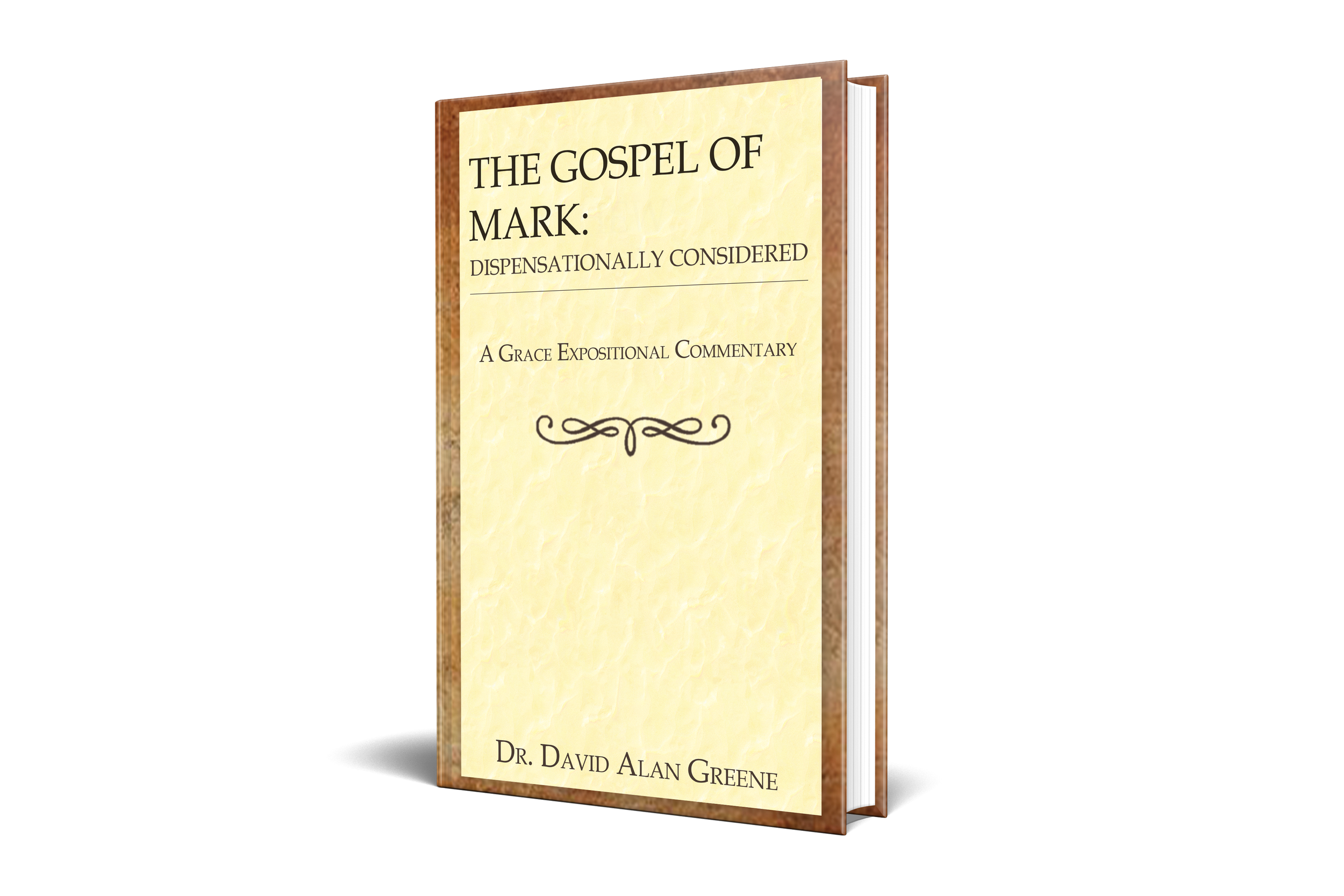The Gospel of Mark: Dispensationally Considered
The Gospel of Mark is the second of the three synoptic gospels in the New Testament. These gospels stand together as records from eyewitnesses of Jesus’ earthly ministry. They are the accounts of His life, teachings, and miracles. When the synoptic gospels are placed side by side they make it easy for comparison of their contents.
The four gospels must be seen as a continuation of the Old Testament. Nothing had changed. The children of Israel were still under the Mosaic Law. They waited with earnest expectation for the fulfillment of the promises and prophecies made to them by God. There were two prophecies that remained paramount in their minds. The first would be the arrival of the Anointed One — the Messiah. The second would be the fulfillment of the promise that God made to King David. God promised David that He “. . . will raise up thy seed after thee, which shall be of thy sons; and I will establish his kingdom” and He goes on to say that He, “. . . shall build me an house, and I will stablish his throne forever” (1 Chron. 17:11-12). The first verses in the Gospel of Matthew establish that Jesus is the rightful heir to David’s throne.
Mark begins his narrative with the appearance of John the Baptist. John was the one foretold as “the voice of one crying in the wilderness, Prepare ye the way of the Lord” (Mark 1:3). Immediately Jesus is tested in the wilderness and, upon completing that test, Mark records the beginning of Christ’s earthly ministry.
The Gospel of Mark is the shortest of the four gospels. In it, Mark records the words and works of Jesus Christ in order to establish that Jesus is the Messiah of Israel and the Son of God. And, we will see that this is the basis of salvation under the Gospel of the Kingdom.

